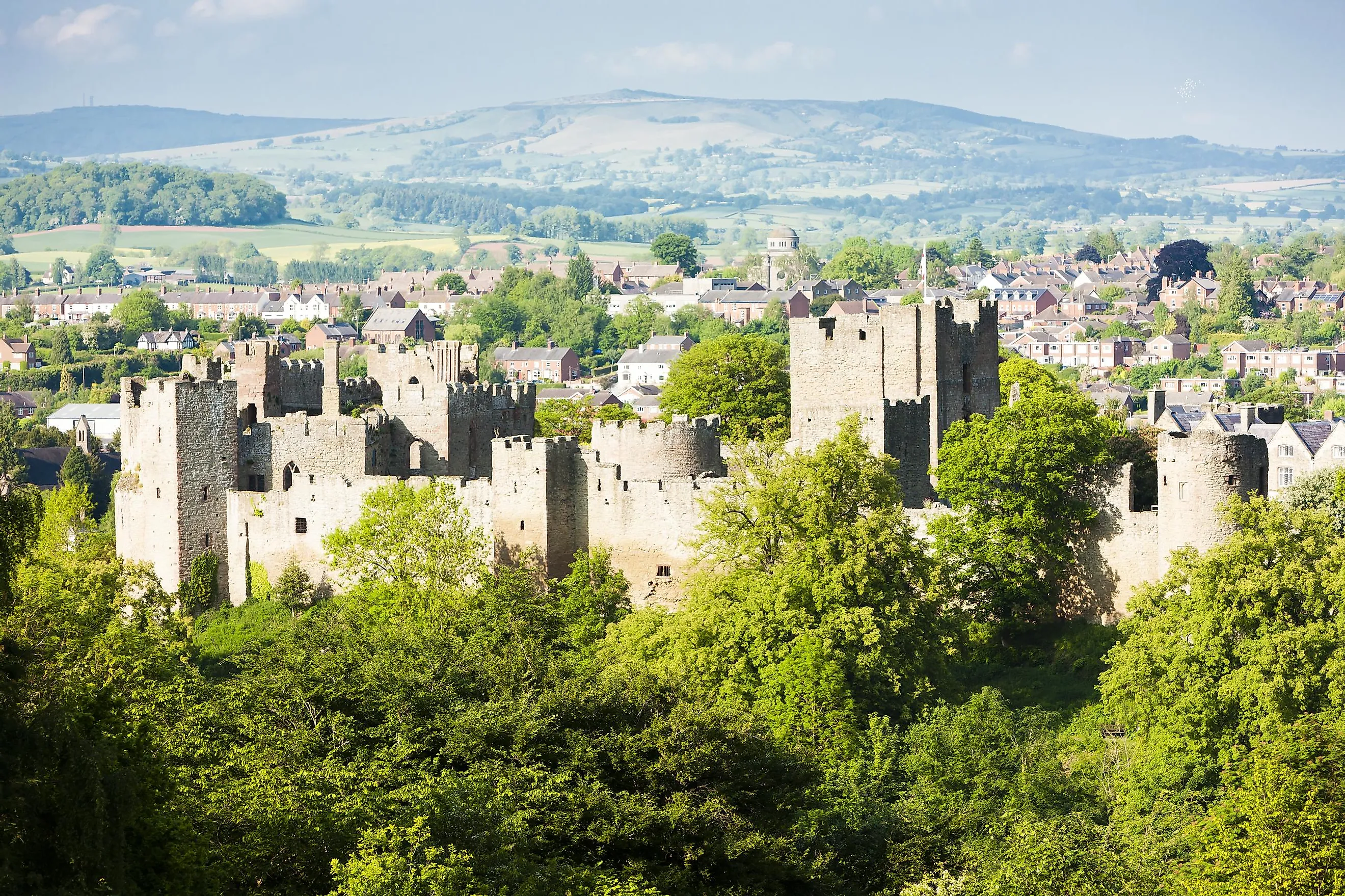
The Missing Kingdom of Pengwern
The annals of history and myth are replete with tales of lost kingdoms and forgotten civilizations, but few are as intriguing and elusive as the Kingdom of Pengwern. Situated in the mists of early medieval Britain, Pengwern's exact location, existence, and history remain a subject of debate and fascination. Blurring the lines between historical fact and mythological narrative, Pengwern has captivated scholars, historians, and enthusiasts of Arthurian and Celtic lore.
Dive into the mysterious realm of Pengwern, explore its historical roots, its place in myth and legend, and the ongoing quest to unravel its secrets.
Historical Background
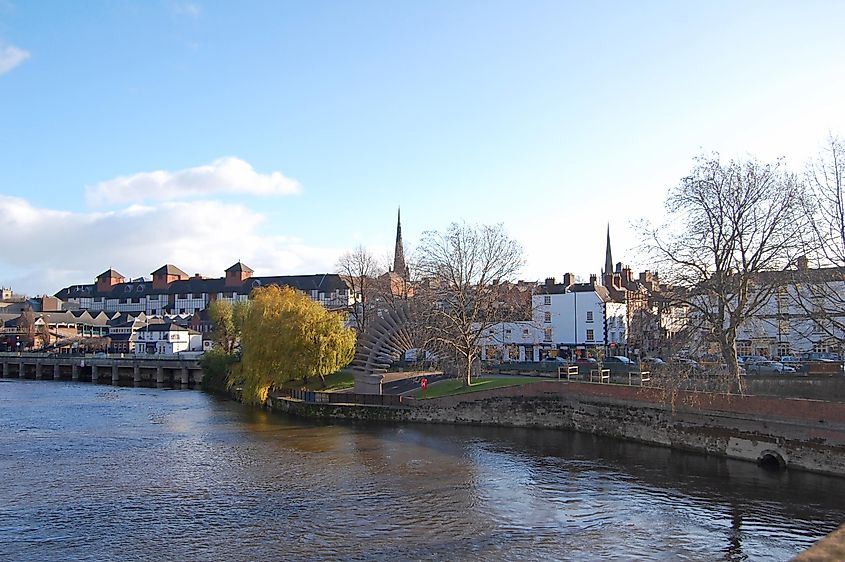
The Kingdom of Pengwern, according to early medieval sources, was believed to be located in what is now the Welsh-English border. Its story is intertwined with the tumultuous period following the Roman withdrawal from Britain and the subsequent Saxon invasions. Pengwern is often associated with the Brythonic Celts, a group of people living in the British Isles who spoke the Brittonic language.
Historical texts, such as the Welsh Annals and various early medieval chronicles, offer fleeting glimpses of Pengwern, though these accounts are sparse and often cryptic. Some scholars suggest that Pengwern was centered around the modern town of Shrewsbury in Shropshire, known in Welsh as Amwythig. The kingdom's mention in these texts is usually in the context of battles and rulers, indicating its involvement in the power struggles of post-Roman Britain.
Despite its appearances in historical records, the precise boundaries and political structure of Pengwern remain shrouded in mystery. This lack of concrete information has led to a wide range of interpretations about its size, influence, and duration as a sovereign entity. The kingdom's obscurity in historical records could be attributed to the turbulent nature of the period, which saw many small kingdoms rise and fall amidst constant warfare and shifting alliances.
Myth vs. Reality: The Kingdom's Mystique
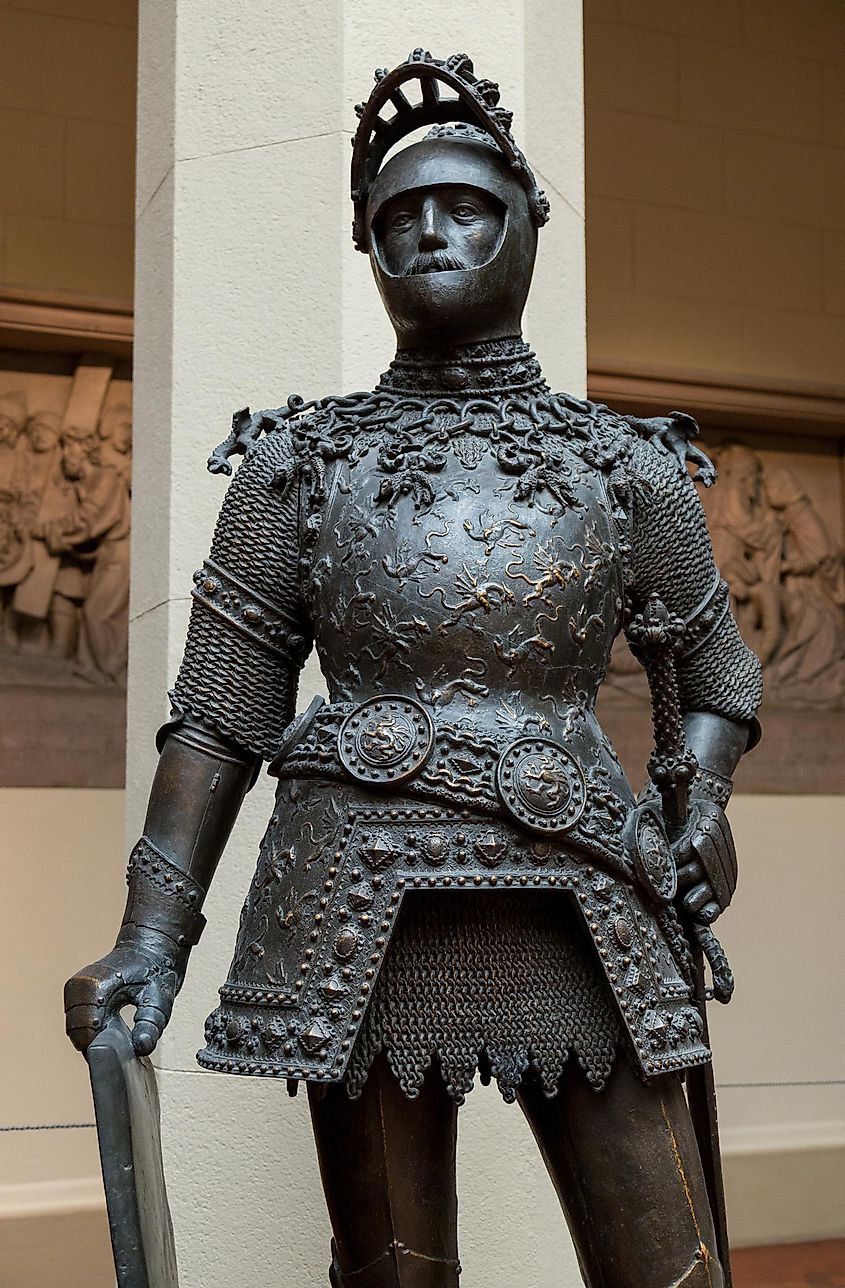
The allure of Pengwern is amplified by its presence at the crossroads of history and mythology. Its mentions in early literature, particularly in Welsh poetry and Arthurian legends, have imbued it with a mystique that straddles the realms of fact and fiction.
In Welsh folklore, Pengwern is often depicted as a prosperous and idyllic kingdom, rich in culture and beauty. It features prominently in several Welsh poems and tales, portraying it as a symbol of the lost independence and glory of the Brythonic Celts. The kingdom's fall, as narrated in these tales, is lamented as a tragic loss, emblematic of the broader decline of Celtic Britain in the face of Saxon conquest.
Arthurian legends also make fleeting references to Pengwern, further entwining it with the mythical narrative of King Arthur and his knights. While not central to the Arthurian corpus, these references contribute to the kingdom's legendary status, painting it as a realm of chivalry and romance.
The blending of Pengwern's historical mentions with its mythological portrayals creates a dual image: one of a real political entity with its history and a symbolic representation of a lost golden age. This duality challenges historians and enthusiasts alike to discern the kingdom's true nature and legacy, making it a captivating subject of historical and mythological study.
Archaeological Evidence and Scholarly Theories
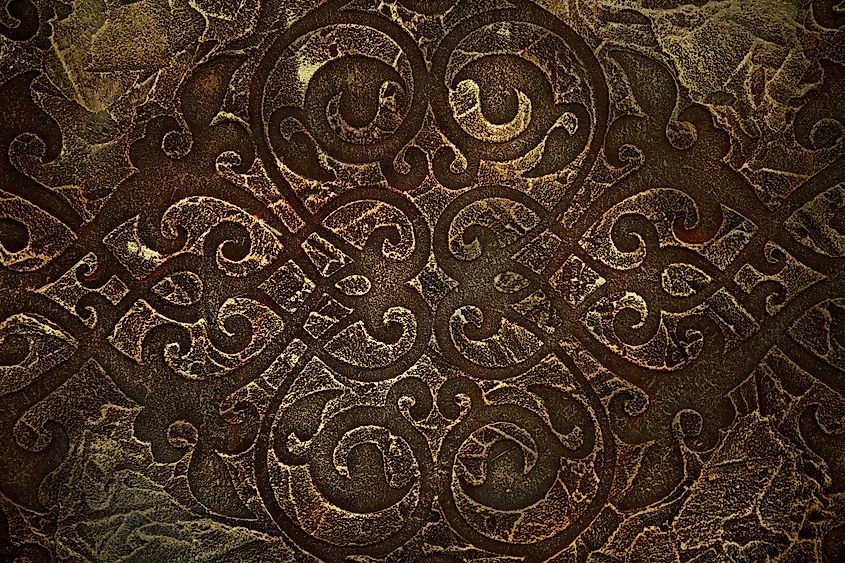
The quest to uncover the tangible traces of Pengwern has led to various archaeological endeavors, though definitive evidence remains elusive. While there have been discoveries of early medieval settlements and artifacts in the Welsh-English border region, directly linking them to Pengwern is challenging due to the scant historical records. Archaeological findings, such as remnants of fortifications and Celtic artifacts, provide a glimpse into the life of the period, but they fall short of conclusively proving the existence of Pengwern as a distinct kingdom.
Scholarly theories about Pengwern are diverse and often speculative. Some historians argue that Pengwern was a real political entity, a Brythonic kingdom that played a role in the power dynamics of post-Roman Britain before succumbing to Saxon invasions. Others view it more as a literary construct, a symbolic representation of the lost Celtic heritage, rather than a historical reality. This debate reflects the broader challenges in early medieval history, where the intersection of limited historical evidence and rich folklore complicates the distinction between history and myth.
Pengwern in Literature and Popular Culture
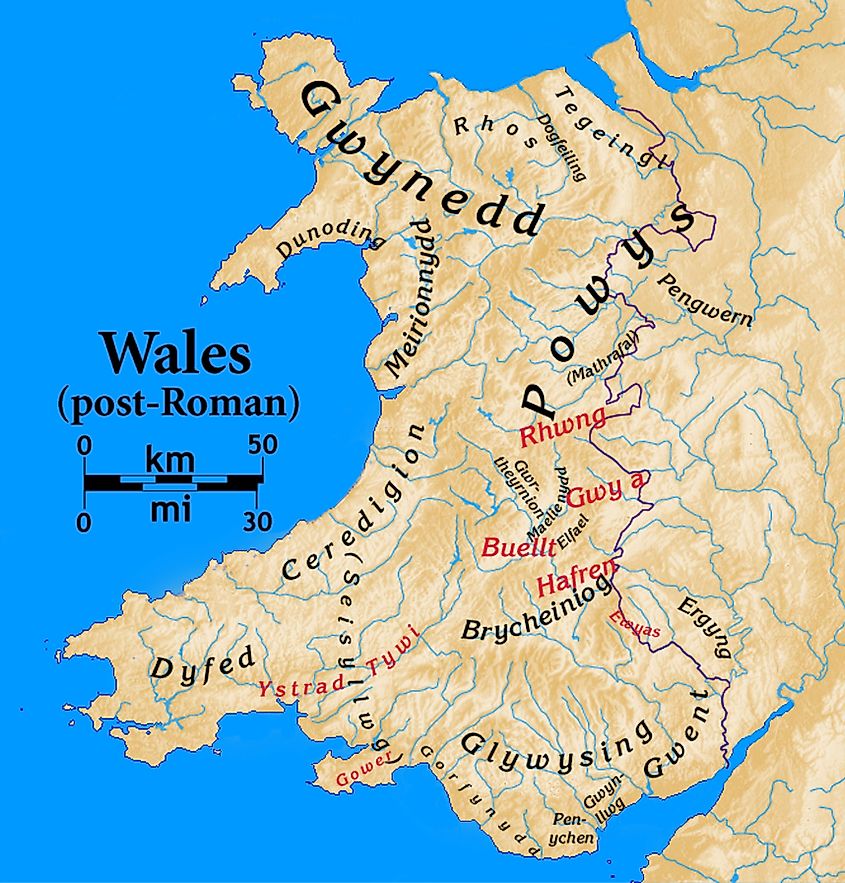
Pengwern's allure extends beyond historical and archaeological circles into the realm of literature and popular culture. In Welsh poetry, such as the elegiac "The Lament for Cynddylan," Pengwern is mourned as a fallen kingdom, a motif symbolizing the demise of a culture and a way of life. These literary portrayals often depict it as a bastion of Celtic culture, rich in tradition and natural beauty, reinforcing its mythic status.
In popular culture, while Pengwern does not enjoy the same prominence as other Arthurian locations, it occasionally appears in works exploring Celtic and Arthurian legends. Its mysterious nature and the romanticism of a lost kingdom resonate with audiences, inspiring interpretations in novels, historical fiction, and other forms of media. These representations often emphasize the kingdom's mythical aspects, further blurring the lines between historical reality and legend.
The Kingdom of Pengwern, nestled in the shadows of history and legend, remains an enigmatic chapter of early medieval Britain. Its existence, part historical conjecture and part mythological tapestry, continues to intrigue scholars and enthusiasts. Whether as a real political entity or a literary symbol, Pengwern embodies the complexity of untangling history from myth. It is a poignant reminder of the lost realms and forgotten histories that dot our collective past. As a subject of study, Pengwern challenges us to appreciate the nuanced interplay between historical facts and the myths that shape our understanding of history, culture, and identity.











